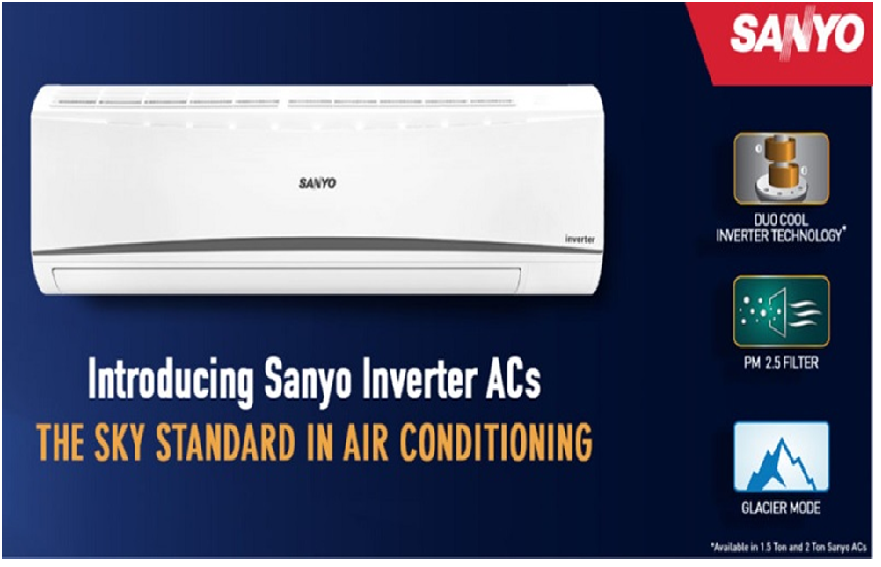Summer is the peak time when cooling home appliances are used to the maximum in a household, and this, in turn, facilitates power consumption coupled with exorbitant electricity bills. Central Electricity Authority (CEA) had announced a data according to which a common household that uses electricity in Delhi consumes an average of 250-270 units or kWh of electricity per month during summers.
According to the official statement announced by Indian Meteorological Department, the May-August season will have high temperatures along with a high humidity percentage. Hence, air conditioners’ use will increase, and the tool for effective electricity consumption is choosing the right air conditioner to lower electricity charges.
Air-condition market with Innovative Plans
The Indian residential AC market is calculated approximately to make around 7-7.5 million units per annum. Upgraded technology is the one-stop-shop here, and with consumers spending the majority of the time back home under these appliances, better living has been made an option.
A 5-star inverter ac is the best option in the market now, and with the advent of various technological advancements, this help keeps the temperature of the room at a preferable degree and, as a cooped boon, use less power.
This also depends on how the room is isolated and kept afar from the external hor air outside. Some air conditioners operate without any purpose; however, this is when such a feature becomes a boon with stopping operation without any purpose by controlling the motor speed and compressor. Since they are in sync with the compressor’s speed, this helps it perform better, which is an added feature of securing power and consumption.
Star rating and how it affects the savings on electricity charges
Air condition saves a base rating of 1 to 5, and the star rating is directly proportional to the saving on the electricity charges. So how it works is that the higher the rating of the air-conditioner lesser the power consumption by that product, and essentially the higher the savings for such a feature.
This feature thus keeps it apart from the locally sourced air conditioner, which at times fails here. Air conditioners having such a feature is also advantageous to save up to 30-35 per cent of electricity compared with a locally sourced conventional regular air conditioner.
A higher star-rated product is better to invest in to be on the safer side rate than going for a product with a lower rating and this, in turn, allows the latest technology for buffer and longer functioning of the product, thus facilitating the needs of the consumer.
24-degree Celsius as the optimum temperature
24 is the dancing number when choosing the optimum room temperature and to keep as a permanent temperature for the air conditioner. The compressor can take this temperature as the optimum one, and this also facilitates and comes with an added advantage of temperature maintenance coupled with lowering the energy consumption, thereby reducing the electricity bill charges at the end of the month.
Perfect place to install the conditioner
A 150 sq. ft. room needs at least 1.50 capacity air conditioning, and 2-ton air conditioner is the market optimum. This is one of the most important points to keep in mind before purchasing an Air conditioner- where to install it. Determining its fit before purchasing ensures reducing power consumption and helps to decide on much the product fits in the specified area. The market optimum comes with an added clause that the room is not hit by the sun directly and on the preface; there are no floors above.

